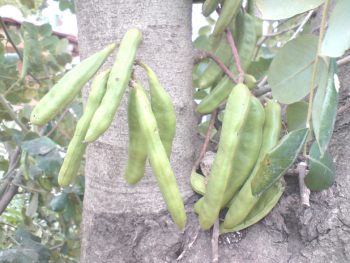The carob tree in Tunisia: A big varietal richness to preserve and to valorize
In addition to their traditional local use in human and animal food, the fruits of the carob tree have a high commercial value in industrial transformation. The demand for fruits and seeds is growing significantly and their commercial value is increasing. It is also an undemanding species, since it is found in various bioclimatic levels (humid, subhumid, semi-arid and arid) and on poor and skeletal soils. The objective of this work is to explore a panel of varieties to be characterized by describing the tree, fruits, and seeds in an illustrated form.


